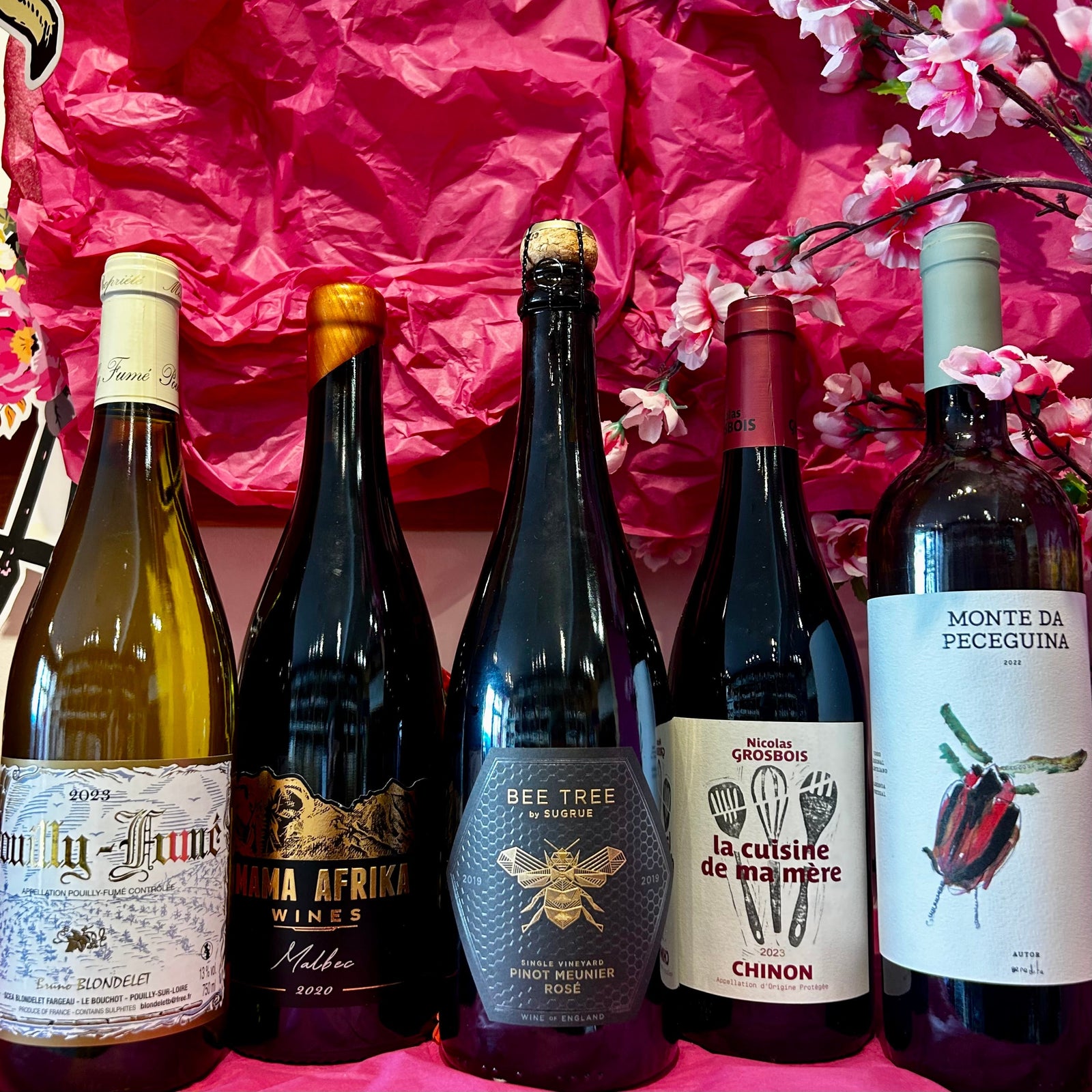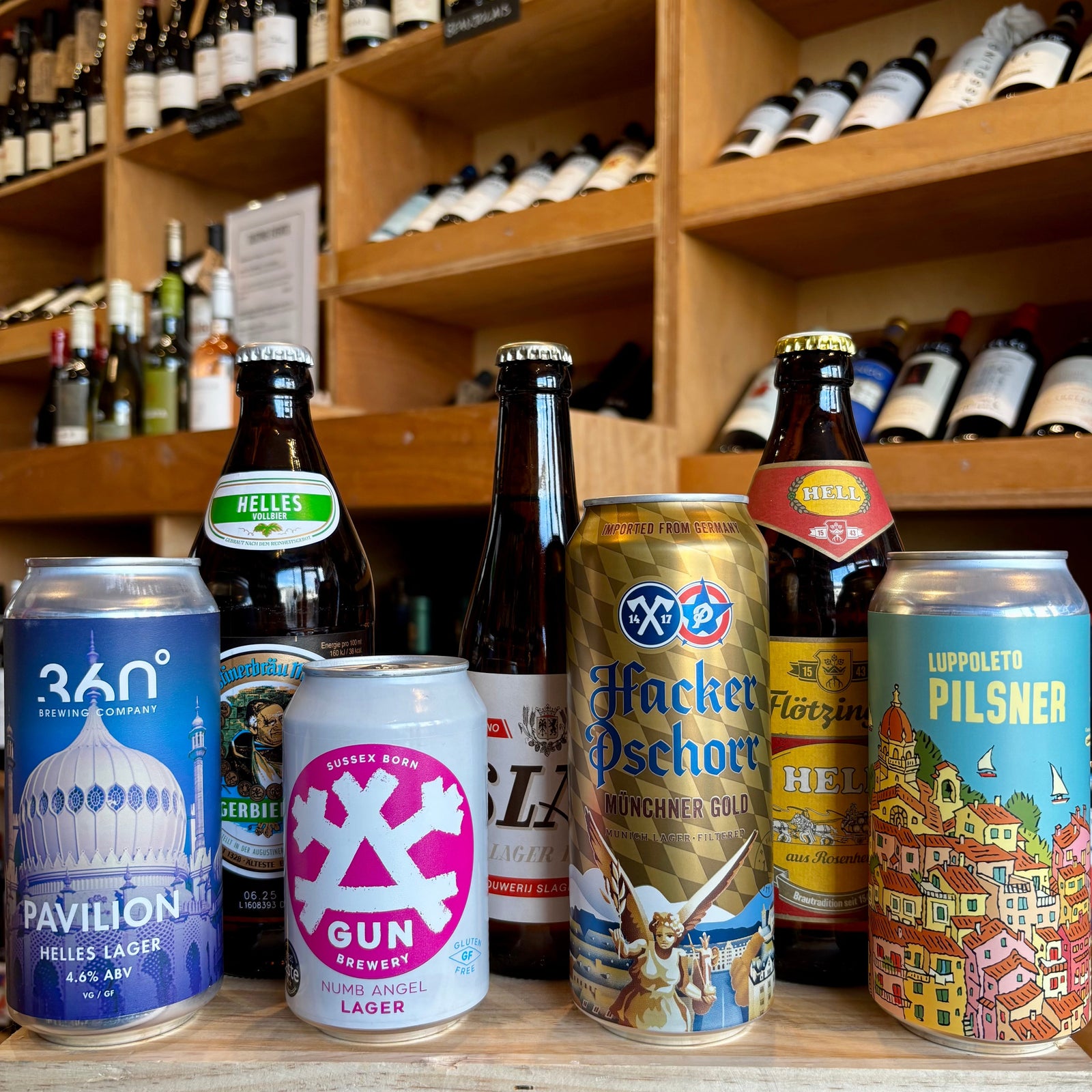We’re going to talk about some of the main faults in wine, what causes them and how they manifest themselves in the bottle.
Oxidisation
Oxygen and wine have a fiery relationship, they can’t live without each other and certainly are no good apart. There is, however too much of a good thing. Through the winemaking process, and importantly after bottling if there is a surplus of oxygen inside the bottle, it will begin to break down the compounds in the wine that contribute flavour and structure, and turn the wine a deepening shade of brown. No fruit, flat, lacking acidity and structure? It’s probably oxidised.
Reduction
As a nation, we have a new found adoration for fruit driven, fresh wines. These wines hate oxygen, and so efforts are made to minimise the contact between the two to preserve that vibrancy. Over-zealous attempts to do this can result in the production of a series of compounds named mercaptans, they smell of such delicious things as feet, rotten eggs, armpit and other more inappropriate comparisons. It’s important to note that while in extreme cases this is irrecoverable, reductive winemaking is common practice today. If a wine smells a little huffy, give it a decant, get a bit of air in it and it can often blow off within even a few minutes.
Cork Taint
This is a wine being ‘Corked’. There is only one Corked, and its cork taint. It is caused by a compound called TCA, or more thrillingly 2-4-6 Trichloroanisole. TCA Contaminates wood, from corks to winery buildings, barrels and the like. It’s a bane to winemaking and can lead to entire vintages being lost. It produces a damp cardboard aroma that grows with concentration, from ‘Light musk’ to full ‘Wet dog’. It can in fact occur in screw cap bottles, though if that’s the case it's generally a more widespread issue. If the contamination is light, sometimes with a good decant it can be glossed over however in most situations, the wine is toast.
Microbial contamination
This is the rotter, a microbe of some sort has made its way through fermentation and lived long enough to turn your bottle of wine into a walking disaster. The most common manifestation of this is a bottle of vinegar. There’s no hope for the wine, don’t even put it in your gravy.
So what ISN'T a fault?
It’s important to note that these described faults are physical facts. They’re not subjective, as such and trained tasters can detect them in the same way. On the flipside, there are many elements of wines that simply aren’t faults, a few examples of these..
-Barnyard Aromas, commonly found in European red wines such as Beaujolais or Châteauneuf Du Pape are the result of styles of winemaking. If it smells a bit yardy, the winemaker was probably quite proud of themself.
-Green ‘Stalky’ Characters - Cooler climate winemaking can lead to compounds that taste green, peppery or like fresh celery. Often these are maximised, as is the case of Sauvignon Blanc from New Zealand but in a gentler sense they’re often seen as a classic regional style, such as Cabernet Franc from the Loire valley.
-Crystals in wine- These are generally formed from Tartaric Acid when the wine becomes chilled. They’re completely natural and form from the wine itself, Found sometimes in the bottom of a bottle or even growing on the base of corks they’re nothing to worry about.
As wine becomes more exciting and new styles and methods are attempted, every bottle is ever more different than before. It’s well worth the conversation on purchasing, asking about styles and how wines may differ, your tastes and preferences so that merchants can tailor wines to suit customers needs the best possible way.









Leave a comment (all fields required)